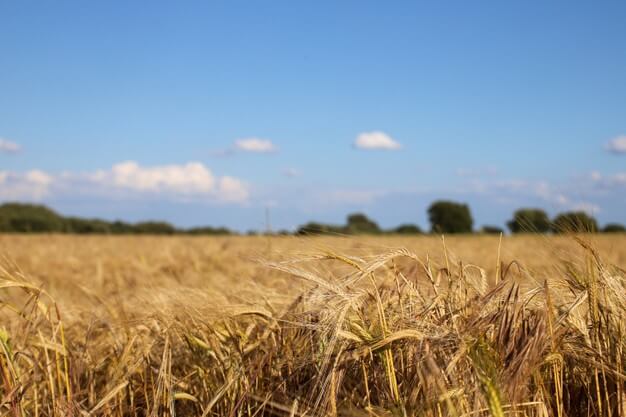The rise of climate change has shown serious concerns for the dryland agricultural industry. Dryland refers to rain-dependent places with minimum or no accessibility to surface water. Dry farming refers to special agricultural reforms to cultivate crops in natural non-irrigated areas. Without access to any flowing river or standing water body, farms in these lands are highly affected by dry seasons and suffer significant losses during periodic droughts. Transformative dryland farming techniques can make positive contributions towards the growing demand for food production and adverse impacts of climate change.
While the pertaining problems attached with dryland farming like moisture stress and uncertain rainfall stand looming, a strategic approach can yield a much beneficial result for farmers located in arid places. Remedial measures for improving crop productivity include effective rainwater harvesting, advanced irrigation techniques, improved soil and water conservation, and the use of good quality seeds.
Rainwater Management:
When natural water is scarce, heavy emphasis is laid on effective conservation and management of rainwater. Farmers can utilize compost or by raising legumes to increase the capacity of the soil to hold more amounts water. The excess water, or otherwise termed runoff water, should be conservated and stored in dugout ponds.
Watersheds help optimize the use of scant water levels, prevent soil erosion, and improve water accessibility. Watershed management is a revelation, as it will cease further soil deterioration and restore fertility in damaged field patches. Another common technique while farming on slope or terrace areas is to build water cisterns. These leakage-proof receptacles can store a good amount of rainwater and can be later used for drip irrigation to increase soil moisture.
Modern Irrigation Tools:
In the age of technological advancements, it would be unwise to not consider modern agricultural equipment and techniques that can foster better yield productivity in drylands. One such tool is the hand and treadle pump, which are now more commonly adopted throughout the globe. These low-cost pumps are useful to manually pump water from wells as deep as seven meters or less.
Moreover, traveling irrigators can improve soil moisture and pasture production. The unique continuous drive mechanism help irrigate odd-shaped areas and around existing infrastructure. Farmers can also install a SWAR root moisture control system to catch excess rainwater and redistribute water across the field more equally.
Improved Crop Knowledge and Management:
Farmers working in drylands should remain mindful of what crops should be considered. Not every crop is suitable with the given quality of terrain and weather conditions. However, a variety of arable crops can be cultivated in dryland conditions including cereal grains, leafy vegetables, grain beans, and pulses. The farmer should remain well informed of the root crops and vegetations that are suitable for dryland farming. Moreover, crop planning is imperative as crop varieties with shorter harvest duration and high tolerance should be prioritized. The crops that can be collected within the rainfall period add high yielding profits for the farmer and can be maintained more adequately before harsher conditions begin.











